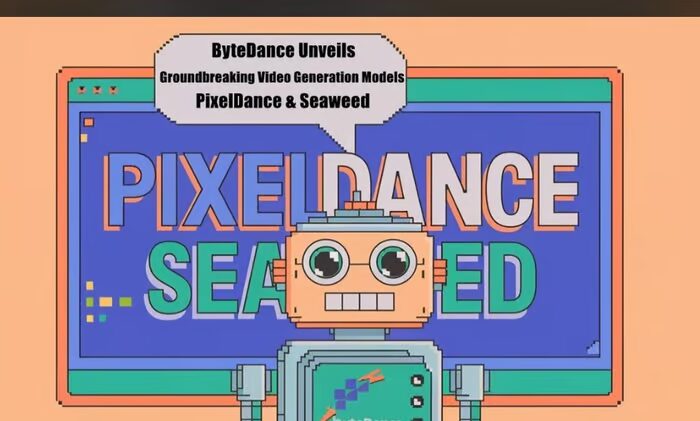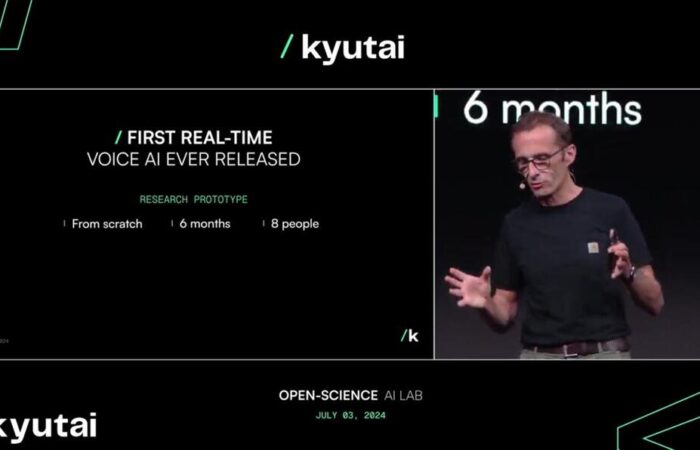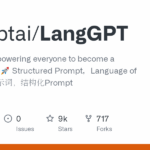
The AI world has been set ablaze by DeepSeek, the latest disruptor reshaping the industry. During the Spring Festival, DeepSeek-powered stocks in China surged, with companies like Daily Interactive, Qingyun Technology, and Tianyu Digital hitting consecutive daily limits. But the real impact? A massive shake-up in the AI and semiconductor markets.
For years, computing power was considered the key factor in AI development—more power meant better models. DeepSeek turned that logic on its head, proving that cutting-edge AI can be built without sky-high costs.
The Numbers That Matter
- DeepSeek-V3’s training cost is just 1% of Meta’s Llama 3.
- DeepSeek-R1’s inference cost is 3% of OpenAI’s o1 model.
- Nvidia’s market cap plunged by $600 billion after DeepSeek’s explosive launch.
This massive disruption wasn’t just a wake-up call for AI firms—it sent Wall Street into a frenzy. When DeepSeek hit #1 on the U.S. App Store on January 27, the Philadelphia Semiconductor Index (SOX) crashed 9.2%, marking its worst drop since March 2020. Nvidia alone lost 17% in a single day.
But here’s the twist: DeepSeek isn’t Nvidia’s downfall—far from it.
The Rise of Open-Source AI
DeepSeek isn’t just about low cost and efficiency—it’s proving that open-source AI can rival, or even surpass, proprietary models.
In key AI benchmarks, DeepSeek-R1 matches or outperforms OpenAI’s o1 model in areas like code generation, problem-solving, and math accuracy. This shift is massive because, traditionally, closed-source models have held a competitive edge over open-source alternatives.
But DeepSeek just changed the game.
Even Meta’s Yann LeCun, one of AI’s biggest voices, called DeepSeek proof that “open source is overtaking closed models.”
How DeepSeek’s Model Works
- Unlike OpenAI’s reinforcement learning with human feedback (RLHF), DeepSeek ditched human feedback and focused purely on reinforcement learning (RL).
- This lets the model “think” for itself, improving its ability to refine answers over time.
- Nvidia’s senior research scientist, Jim Fan, called DeepSeek the first open-source project proving that RL alone can drive sustained AI improvements.
As open-source models get smarter and cheaper, companies like OpenAI are feeling the pressure.
The OpenAI Response & Big Tech’s DeepSeek Pivot
With DeepSeek gaining momentum, OpenAI made a rare move—they released o3-mini, their first free inference model on February 1. CEO Sam Altman even admitted, “We might be on the wrong side of history here.”
Meanwhile, Nvidia, Amazon, and Microsoft all integrated DeepSeek-R1 into their platforms within days of its release. The AI community worldwide is taking DeepSeek seriously, pushing its open-source model into the mainstream faster than anyone expected.
What This Means for AI Development
- DeepSeek is set to drive AI adoption across industries—from enterprise automation to AI-powered applications.
- Its open-source accessibility makes it easier for startups and companies to integrate AI without hefty costs.
- This could accelerate AI innovation globally, particularly in markets historically priced out of cutting-edge AI.
Will AI Spending Slow Down? Big Tech Says No.
DeepSeek’s rise sparked panic over computing demand, but the data tells a different story. AI spending isn’t slowing down—it’s growing faster than ever.
Tech Giants’ AI Investment Surge
- Google expects to spend $75 billion on AI in 2025—32% more than analysts projected.
- Meta raised its AI budget to $60–65 billion, exceeding Wall Street’s expectations.
- Microsoft is set to spend $80 billion on AI this year alone.
And despite concerns about declining AI infrastructure investments, Microsoft recently adjusted its partnership with OpenAI—allowing OpenAI to use competitors’ cloud services, further proving that the AI arms race is still accelerating.
This is not a pullback—it’s an escalation.
Despite fears that DeepSeek would slow GPU demand, investment banks remain bullish on Nvidia. Citi analysts maintain a “Buy” rating, while investment firm Cantor Fitzgerald stated:
“DeepSeek is actually beneficial for Nvidia—it lowers AI costs, expands AI applications, and increases long-term GPU demand.”
Even Microsoft CEO Satya Nadella weighed in, referencing Jevons’ Paradox—the idea that making a resource more efficient increases its total usage.
Translation? Cheaper AI = more AI usage = more demand for GPUs.
The Real Victims of DeepSeek’s Disruption
Despite the panic selling, Nvidia may not be the real loser here.
Investment firms like Cantor Fitzgerald believe DeepSeek is actually good for Nvidia—lower AI costs mean more businesses can afford AI, which will increase GPU demand. Even Microsoft CEO Satya Nadella called this “Jevons’ Paradox in action”—when AI becomes more affordable, companies will use more of it, not less.
Instead, the biggest impact will be on other large-scale AI firms like OpenAI.
Why?
- OpenAI’s high-priced closed models face real competition from DeepSeek’s free, open-source alternative.
- If open-source AI continues catching up, closed-source business models will struggle to justify premium pricing.
- OpenAI’s paid API strategy is now at risk, as companies have a viable free alternative that’s nearly as powerful.
Final Take: DeepSeek Is Just the Beginning
The AI market is in flux, but one thing is clear—DeepSeek isn’t just a fad.
It’s the first real test of whether open-source AI can replace expensive proprietary models. And right now? The results are speaking for themselves.
Nvidia may have taken a temporary hit, but AI spending is only growing. The real question isn’t whether DeepSeek is a threat to Nvidia—it’s whether OpenAI, Anthropic, and other closed-source AI firms can adapt before it’s too late.
The AI race isn’t slowing down—it’s only getting started.
Subscribe To Get Update Latest Blog Post









Leave Your Comment: